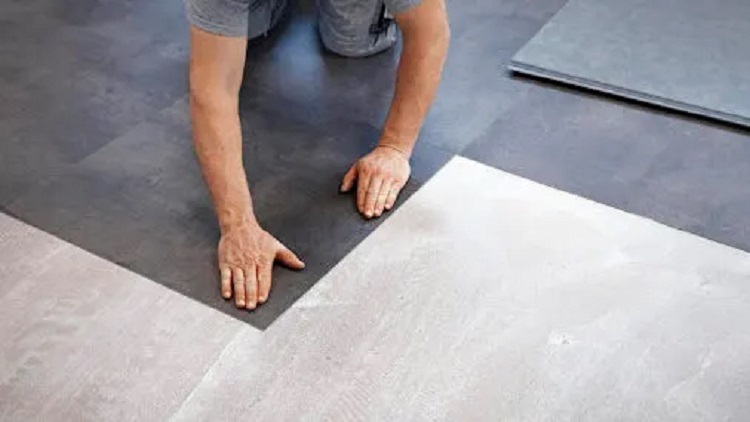Eco-Friendly and Underfoot: Exploring Linoleum’s Green Credentials
In the conscientious wave of green living, many homeowners and decorators are turning their attention to more sustainable choices in building materials. Among the array of options, linoleum stands out—not just as a durable and versatile flooring option but as a truly eco-friendly choice. Let’s delve deep into the green credentials of linoleum flooring and uncover why it is becoming a top choice for environmentally conscious consumers.
Table of Contents
What is Linoleum Made Of?
Understanding linoleum’s composition is essential in appreciating its role in eco-friendly design. Unlike vinyl flooring, which is synthetic, linoleum is crafted from a mix of natural ingredients.
Natural and Renewable Ingredients
Linoleum is a concoction of linseed oil, which comes from the flax plant, wood flour or cork dust, ground limestone, natural pigments for colour, and jute, which forms the backing. Each of these components is renewable, and many are biodegradable, setting linoleum apart in sustainability terms.
Low Environmental Impact
The production processes for linoleum flooring also emphasize minimal environmental impact. Because the materials used are natural and renewable, the manufacturing of linoleum does not deplete scarce resources in the same way that other flooring options might.
Durability and Longevity
An often-overlooked aspect of sustainability is the longevity of the product. Flooring that needs to be replaced frequently can be less eco-friendly due to the waste it generates, and the resources required for manufacturing and installation of new flooring.
Built to Last
Linoleum is known for its remarkable durability. It can withstand high amounts of foot traffic and last up to 40 years when properly maintained. This longevity reduces the need for frequent replacements, diminishing the overall environmental footprint.
Simple Maintenance
Furthermore, linoleum’s maintenance is environmentally friendly, requiring only simple cleaning methods. Avoiding harsh chemicals not only preserves the quality of the flooring but also protects indoor air quality and the environment.
Health and Indoor Air Quality
In addition to its sustainable manufacturing and durability, linoleum flooring contributes to healthier indoor environments—a key component of sustainable living.
Low VOC Emissions
Linoleum is a low-VOC (volatile organic compounds) product. VOCs are notorious for contributing to indoor air pollution and can pose health risks to occupants. By choosing linoleum, homeowners can keep their indoor air clean and safe.
Antimicrobial Properties
Inherently, linoleum possesses antimicrobial properties, provided by the natural linseed oil. This feature makes linoleum a wise choice for places needing sanitary conditions, such as hospitals and kitchens, without resorting to chemical treatments.
Recycling and Reuse
At the end of its life, linoleum flooring can often be recycled or composted, thanks to its natural ingredients.
Biodegradability
Since linoleum is made from mainly natural materials, it is biodegradable. It decomposes naturally over time, unlike synthetic flooring, which might sit in a landfill for centuries.
Opportunities for Reuse
Well-maintained linoleum can also be repurposed or reused in other projects, further extending its life cycle and reducing waste.
Conclusion: Linoleum as a Green Choice
From its natural components and energy-efficient manufacturing to its durability and biodegradability, linoleum flooring is a testament to what modern sustainable materials can achieve. For anyone embarking on a journey to make their home or project more environmentally friendly, linoleum offers a compelling, stylish, and practical solution that doesn’t just walk lightly on the earth, but also underfoot.

